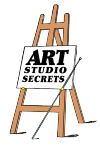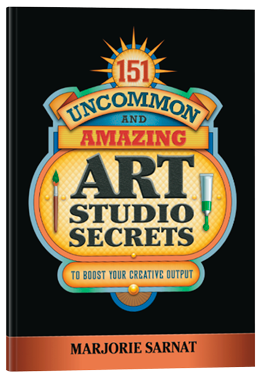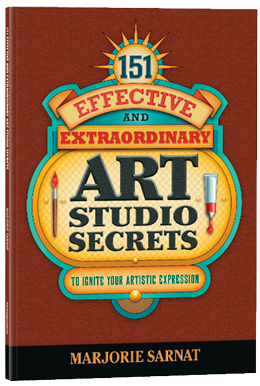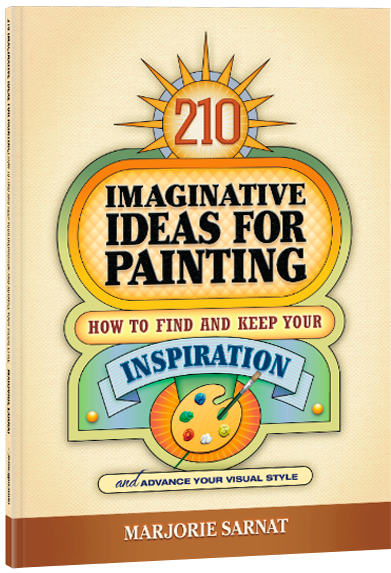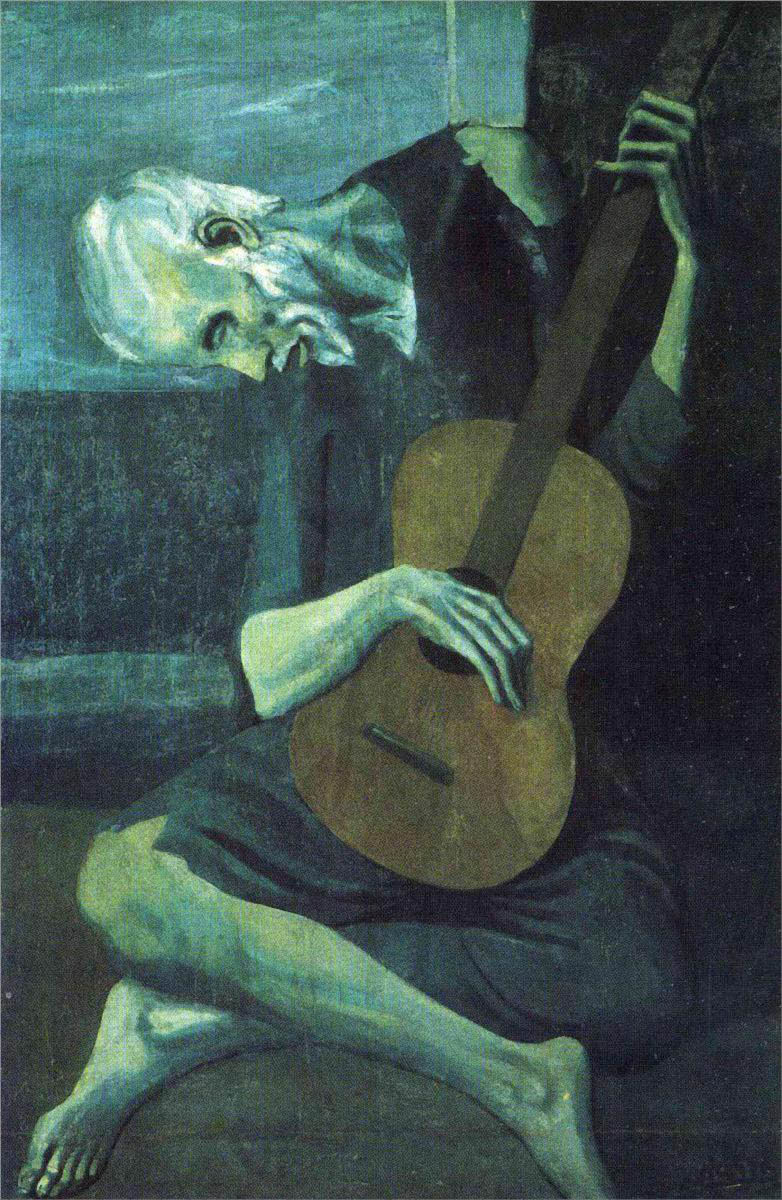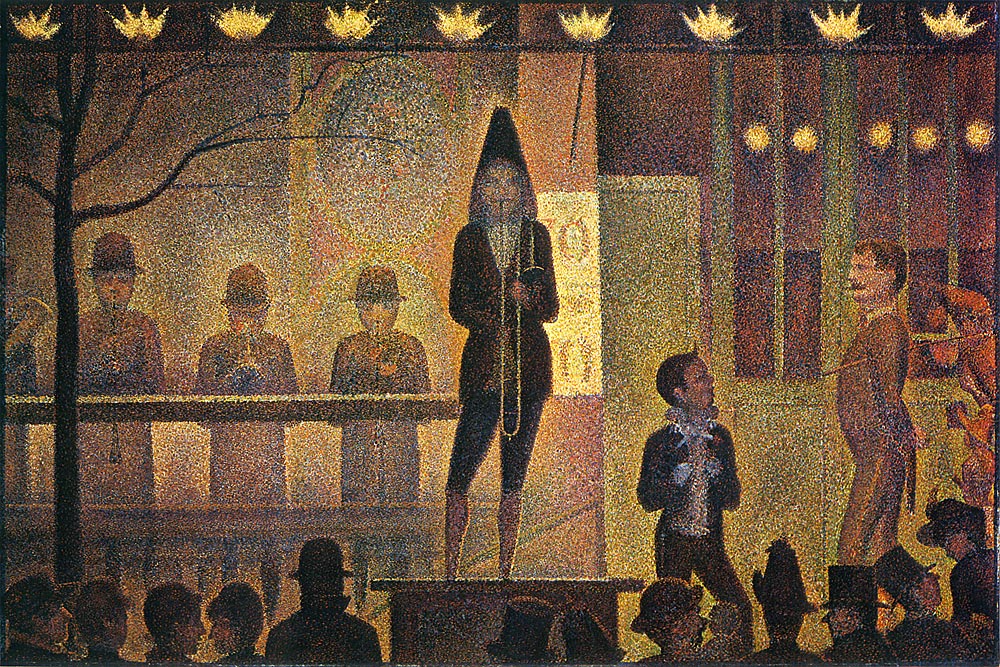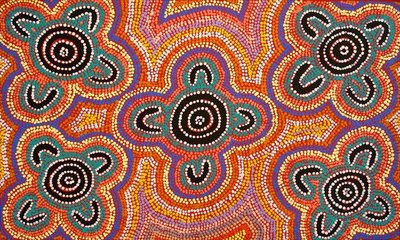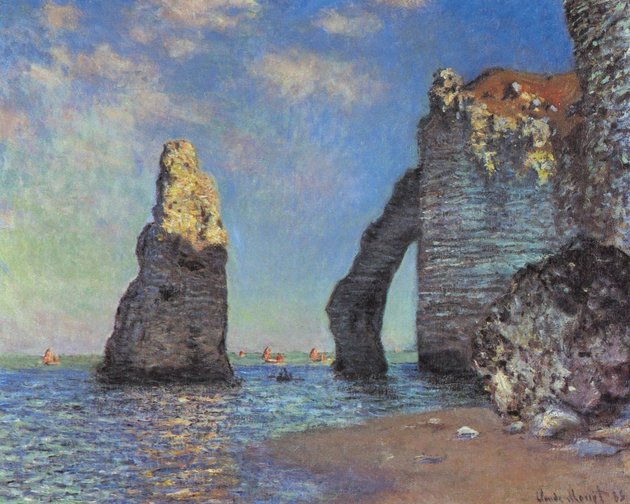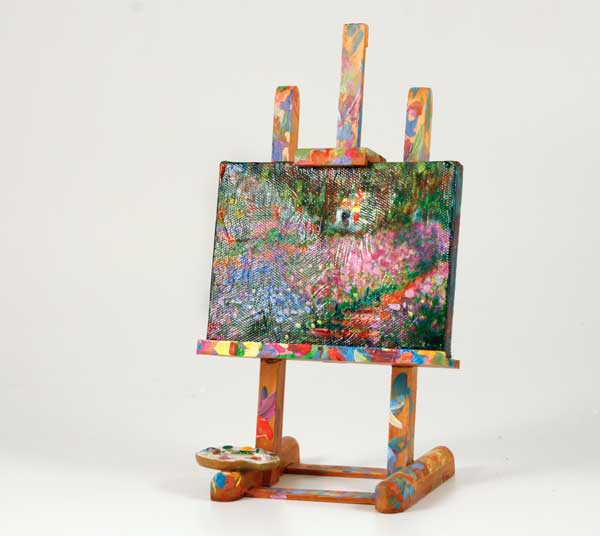Getting White to Work
What do snow, lilies, clouds, teeth, whipped cream, and polar bears have in common? If you said the color white, you’re wrong. Each is a pale color with only highlights that are truly white.
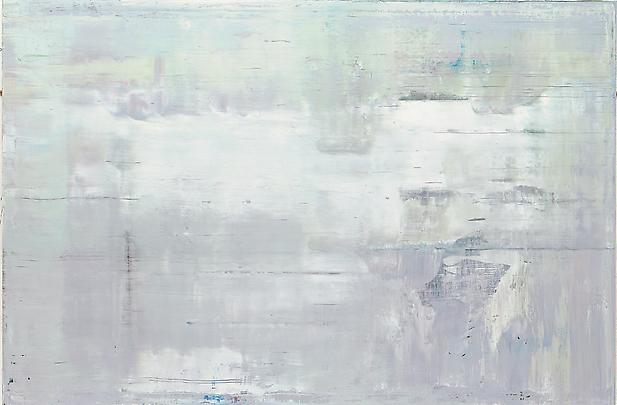 This work shows the temperature and value range of the color white. Gerhard Richter, Abstract Painting (911-2), 2009, 78 3/4 in. x 118 1/8 in., Courtesy of Marian Goodman Gallery, New York. (Click on painting for link.)
This work shows the temperature and value range of the color white. Gerhard Richter, Abstract Painting (911-2), 2009, 78 3/4 in. x 118 1/8 in., Courtesy of Marian Goodman Gallery, New York. (Click on painting for link.)
When painting a white object observe that it often has warm color tints in the light with cool tones in shadow. White things pick up color reflections from their surroundings, too. They're more colorful than first meets the eye.
Which White is Right?
White is essential for every palette of colors. The more opaque the white, the greater its tinting power but the more it will diminish the vibrancy of a color. White also tends to cool a color.
Here are popular whites for oils, acrylics, and watercolors and an outline of their differences.
- Titanium White: opaque, warm, dries slowly, slightly flexible
- Zinc White: transparent, cool or neutral, dries slowly, brittle. It's often preferred for mixing because it doesn't overpower a hue. Good for glazing and scumbling techniques
- Titanium-Zinc White or Mixing White: neutral, all-purpose, combines the best of two pigments. Try mixing your own formula
- Flake White: warm, dries slowly, flexible, contains toxic lead. Avoid it.
- Flake White Hue: flake white without the toxic lead
- Transparent White: weakened titanium formula, good for mixing
- Chinese White: term used for zinc white watercolor formulas
- Gamblin Radiant White (oil only): neutral, brilliant light reflective quality
- Bob Ross Soft White (oil only): wonderful creamy texture
TIP: Add a bit of cadmium orange to white for a sunlit feeling. Use it against cool shadow tones to heighten drama, especially in a landscape.
EXERCISE: Making It All White Try creating a painting in high key (light values.) You'll become aware of subtle value and temperature relationships. Add brighter colors and darker accents sparingly. Create texture for excitement. A "white" palette produces a unified piece with harmony and appeal.
*
When painting with white, you're working with color—however light. And if you make textural brushstrokes, you're creating shadows too, which provide more color and values. White is anything but sterile; it's colorful and dynamic.
 painting,
painting,  paints,
paints,  white | in
white | in  Art Studio Secrets,
Art Studio Secrets,  Painting
Painting 
